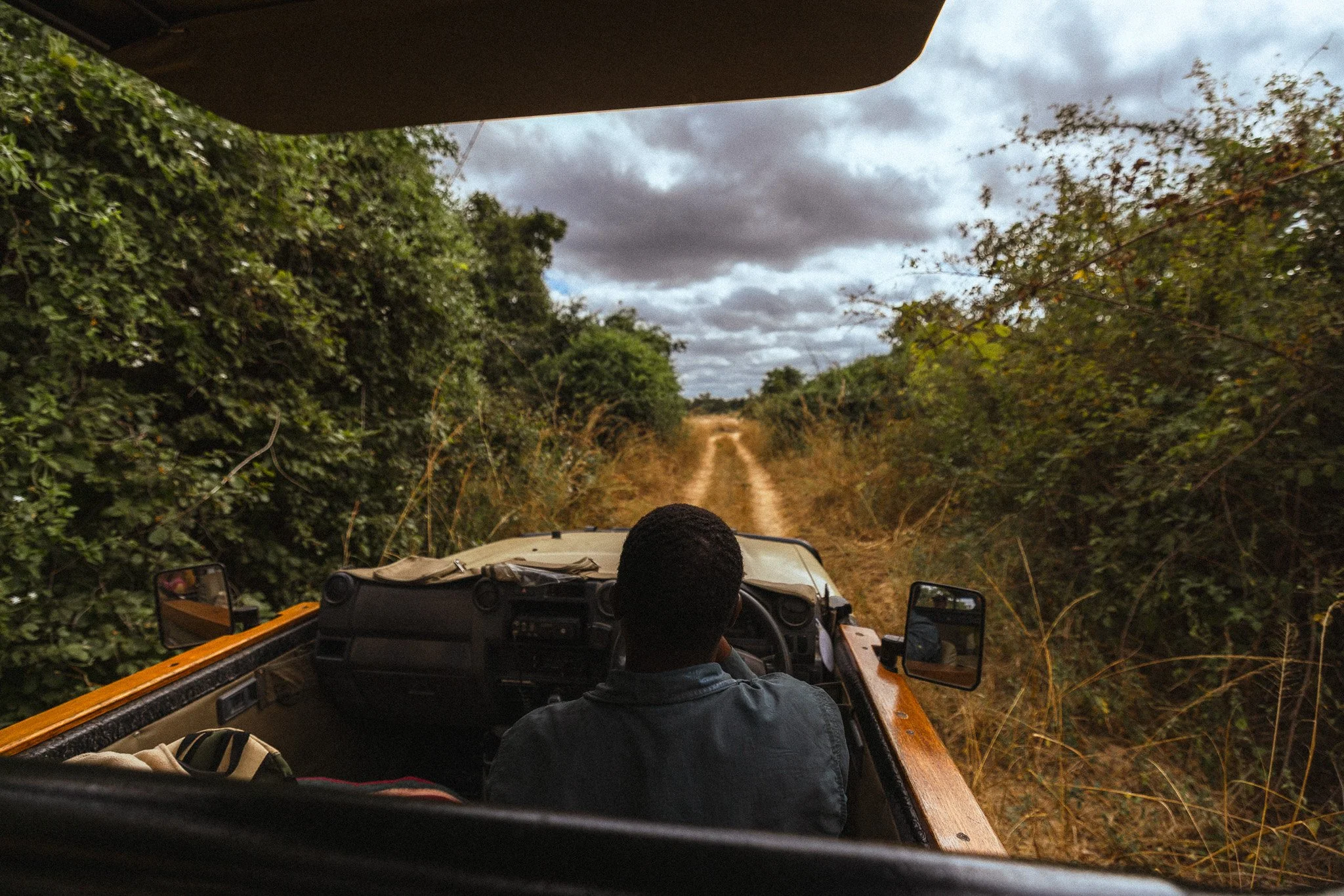Is the Central Kalahari Worth It for Wildlife Photography?
Is the Central Kalahari Worth It for Wildlife Photography?”
I get this question a lot.
And after spending nearly two weeks crisscrossing the Central Kalahari during the green season, I’ve got a more honest answer than most travel brochures ever will.
Short version? It depends. But if you’re into raw wilderness, minimal distractions, and an emotional connection to your surroundings, CKGR might just become your favourite place on Earth.
CKGR in the Green Season: Pros and Cons
The green season transforms the Kalahari into something otherworldly.
Grasses burst from the sand. Pans fill with shallow water. Everything seems to come alive, especially the antelope — springbok, oryx, wildebeest in huge numbers.
But there’s a trade-off.
The rains spread out water sources, which means predators don’t concentrate like they do in the dry months. We heard lions every night near our camps, but for twelve days, never saw a single one.
It was humbling. And honestly? A bit frustrating.
But then the light would fall across a herd of gemsbok at sunset, backlit through golden grass, and I’d remember: this is why I came.
A herd of gemsbok in the CKGR
Wildlife Sightings: Manage Your Expectations
If you’re chasing predator action, the green season is a gamble.
The only kill I witnessed was a pair of jackals taking down a springbok — a rare and raw moment I talk about in this post. Most days were quiet.
But "quiet" in the Central Kalahari isn’t empty.
We saw bat-eared foxes playing near their den. Secretary birds walking through ankle-high grass. Big herds moving like waves across the valleys.
It’s a place that whispers instead of shouts.
Landscape and Emotion as the Subject
Sometimes, the real subject of your image isn’t an animal.
Out there, the land feels alive. You find yourself photographing the curve of a dune, the echo of a track in the sand, the layers of pastel skies over empty plains.
That silence? It creeps under your skin in a good way.
I shot wide more often than I expected. A simple 35mm image of morning light over Piper Pan gave me goosebumps. No lion needed.
A chance encounter
Tech Tips: Shooting in Minimal Environments
Minimalism forces you to slow down. In CKGR, you often have just one subject in a vast frame. That means your composition needs to carry more weight.
Tip 1: Use the rule of thirds to place your subject (like a lone oryx) in relation to the horizon or interesting landforms.
Tip 2: Embrace negative space. Let the emptiness be the mood.
Tip 3: Look for colour contrast. The green grass against red dunes or dark trees can make your image pop without any edits. Early morning and late afternoon are your golden hours, as always.
Tip 4: This is where your polariser can help you cut glare and punch up sky tones. I rarely use one on safari, but in CKGR, it earned its place.
Practical Tips for Planning Your Trip
If you’re still wondering whether to go, here’s what I’d suggest:
Season: Go early dry (June-August) for predator concentration. Green season (Feb-Apr) for landscape and herds.
Self-drive experience: You need to be self-sufficient. This is not for safari beginners: no shops, no fuel, no signal.
Campsites: Book early. Deception, Passarge, Piper, and Kori are my favourites.
Gear: Bring a telephoto lens (100-500mm is ideal) and a wide-angle lens. Additionally, bring plenty of battery backup—enough to last for days without needing a power source.
Navigation: T4A maps or Gaia GPS are essential. Don’t rely on Google Maps.
Setting up camp at sunset in Passage Valley
In the end, CKGR might not be for everyone. It demands patience, humility, and a love for subtlety.
But if you’re the kind of photographer who finds magic in silence, who sees beauty in space, and who values the journey more than the shot list—this place will change you.
🔗 Planning your first safari? Here are a few tip to help you capture that perfect shot
📘 Free Wildlife Photography Guide
If you’re serious about improving — not just your gear but your skills — I’ve also put together a free 100-page PDF full of the basics I wish I had when I started.
It’s helped hundreds of photographers already. Might help you too.





